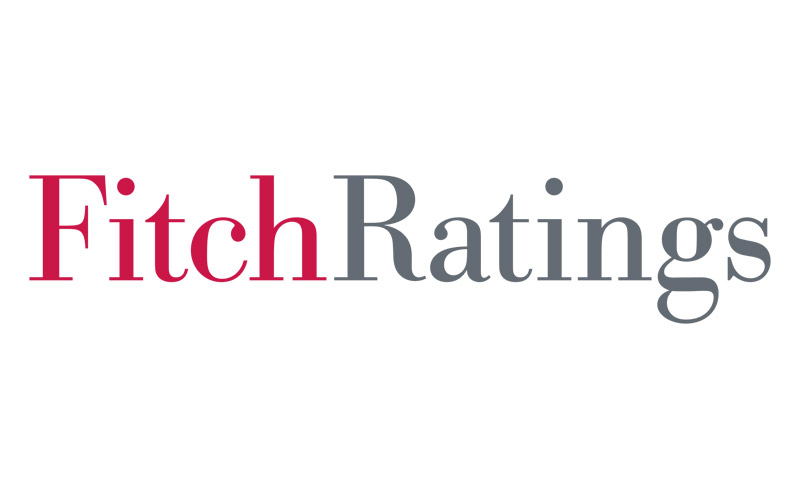June, 22, 2023

Global growth is showing near-term resilience but with core inflation remaining stubbornly high, central banks will have to continue tightening policy in the coming months, says Fitch Ratings in its June Global Economic Outlook (GEO), released today. With monetary policy adjustments and their impact on the economy proving more protracted, the global growth outlook for 2024 has deteriorated.
World activity is holding up better than expected and Fitch has raised its forecast for global GDP growth in 2023 to 2.4%, from 2.0% in the March GEO.
The biggest upgrades have been to emerging markets (EM) where incoming data have been a lot stronger than expected. We have revised up EM ex-China growth for 2023 to 2.9% from 2.0% with Brazil, India, Mexico and Russia seeing substantive improvements. We have raised China’s 2023 forecast to 5.6% from 5.2% after a swifter-than-expected reopening rebound in 1Q23. The recovery has faltered somewhat in recent months but consumption continues to normalise and macro policy is starting to be eased.
We have also raised our US growth forecast for 2023 to 1.2% from 1.0% as consumption and jobs growth remain robust. We still expect Fed tightening to push the economy into a mild recession, but the timing of this has been pushed out to 4Q23-1Q24. Our US growth forecast for 2024 has, accordingly, been cut to 0.5% from 0.8%.
Eurozone growth forecasts for 2023 and 2024 are unchanged at 0.8% and 1.4%, respectively. The European natural gas crisis has eased further but the ECB is tightening monetary policy more aggressively. We still expect a UK recession in 2023 as higher interest rates increase the household debt-service burden.
We have lowered our world GDP forecast for 2024 to 2.1% from 2.4% in March, due to longer lags in the impact of higher interest rates, along with weaker base effects for EM growth.
Headline inflation has fallen, but core inflation remains stubbornly high, perpetuated by rising services inflation. Wage growth in the US and Europe far exceeds rates consistent with inflation targets as labour markets remain tight.
Advanced country central banks have become more concerned about inflation persistence, and we have revised up our rate forecasts widely. We now expect the Fed and the ECB to raise rates two more times in the coming months to peaks of 5.75% and 4.5%, respectively, and the Bank of England to raise rates to 5.25%. No subsequent cuts are expected until 2024. In EM, by contrast, China recently cut rates and Brazil and Mexico are expected to cut later this year.
Low unemployment, savings buffers accumulated during the Covid-19 pandemic and easing supply shocks have contributed to recent growth resilience. But monetary tightening is gaining traction and increasingly will weigh on US and European demand over time.
There was no immediate credit crunch in the aftermath of recent US banking stresses but bank funding costs are rising. And with central bank quantitative tightening policies withdrawing liquidity, there is a risk of sharper-than-expected credit tightening hitting growth.
Video Story